Surfing in Hawaii isn’t just about riding waves; it’s also about understanding and integrating into the vibrant culture that surrounds this exhilarating sport. A significant part of that culture is the unique surf lingo that locals and seasoned surfers use. Whether you’re a seasoned wave rider or a newbie, knowing the right terms can enhance your surfing experience and help you connect with the local community. Here’s a guide to some essential surf lingo you should know, especially when surfing in Hawaii.
1. Quiver
Definition: A surfer’s collection of surfboards.
Usage: In Hawaii, you’ll hear surfers talking about their “quiver,” which refers to the variety of boards they own, each designed for different wave conditions. Having a diverse quiver allows a surfer to be prepared for any type of surf, from small, mellow waves to big, powerful swells.
2. Grom
Definition: A young surfer, usually under the age of 16.
Usage: Groms are the future of surfing. In Hawaii, you’ll often see groms hitting the waves with a passion and skill that rivals older surfers. These young surfers are usually fearless and full of energy, embodying the spirit of Aloha with their stoke for the sport.
3. Stoke
Definition: Excitement or enthusiasm.
Usage: The term “stoke” is central to surf culture. In Hawaii, surfers use it to describe the joy and excitement that comes from surfing. Whether you’ve just caught a great wave or are simply enjoying the ocean, being stoked is a key part of the surfing experience.
4. Lineup
Definition: The area in the water where surfers wait for waves.
Usage: Knowing where the lineup is crucial. In Hawaii, popular surf spots can get crowded, and understanding the etiquette of the lineup helps maintain order and respect among surfers waiting their turn to catch a wave.
5. Kook
Definition: A beginner surfer or someone who doesn’t understand surfing etiquette.
Usage: Being called a kook isn’t a compliment. In Hawaii, it’s important to learn and respect local surfing etiquette to avoid being labeled as a kook. This includes not dropping in on others’ waves and being aware of your surroundings.
 6. Barrel
6. Barrel
Definition: The hollow part of the wave that forms when it breaks.
Usage: Surfing a barrel, or getting “tubed,” is often considered the pinnacle of surfing. Hawaii’s North Shore is famous for its powerful waves that create perfect barrels, making it a dream destination for surfers seeking this experience.
9. Set
Definition: A series of waves that come in groups.
Usage: Recognizing sets is crucial for timing your entry into the waves. In Hawaii, sets can be particularly powerful and challenging, so understanding their rhythm can help you catch the best waves and stay safe.
10. Dawn Patrol
Definition: Surfing early in the morning, often at or before sunrise.
Usage: Many surfers in Hawaii prefer dawn patrol to catch the best waves before the crowds arrive and while the wind is still calm. It’s also a serene time to enjoy the ocean’s beauty as the day begins.
11. Duck Dive
Definition: A technique used by surfers to push their board under an oncoming wave to get through it without being pushed back.
Usage: Mastering the duck dive is essential, especially in Hawaii where waves can be strong and frequent. This skill allows surfers to navigate the waves efficiently and reach the lineup with less effort.
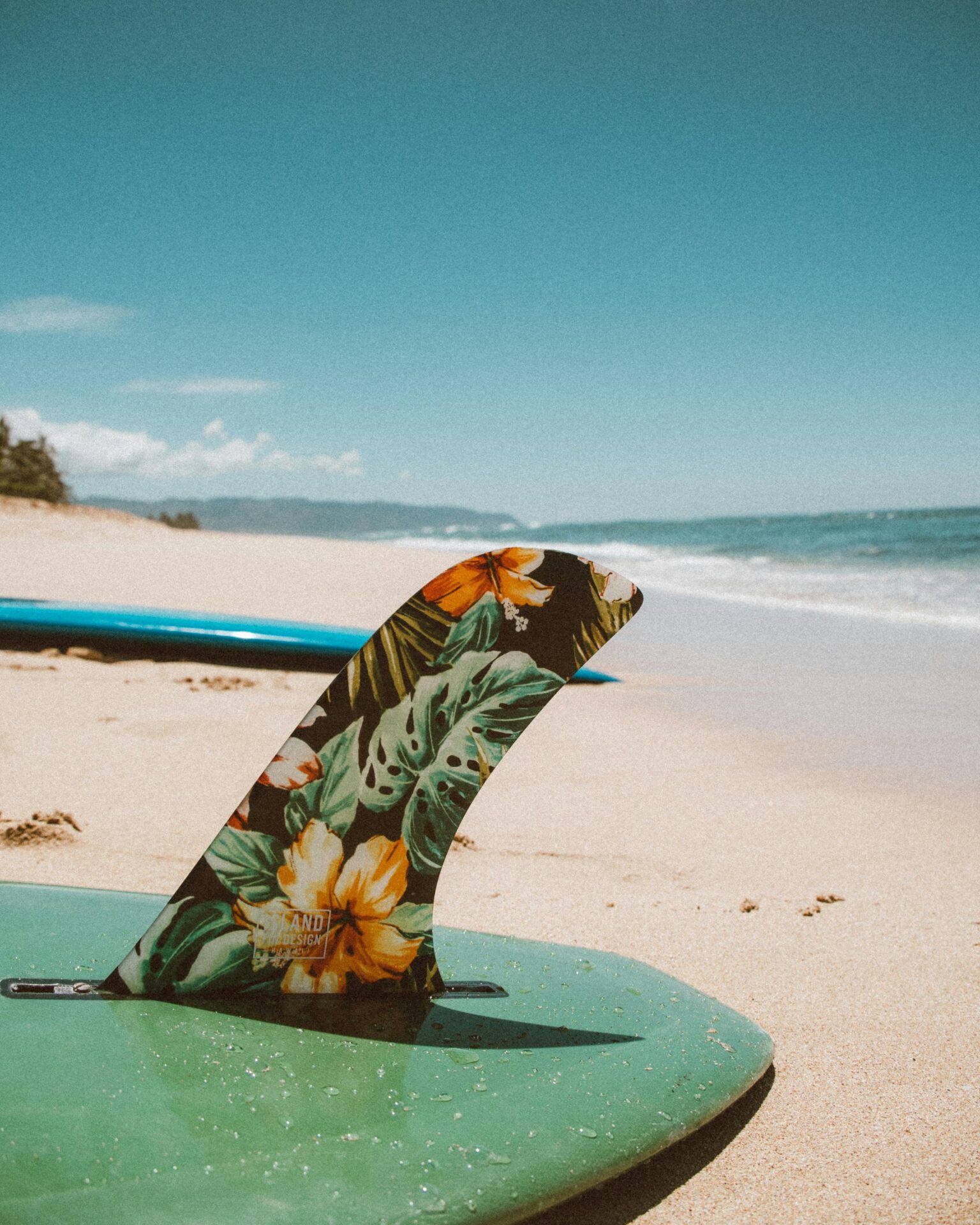
Understanding surf lingo not only enhances your surfing experience but also helps you connect with the local surfing community in Hawaii. These terms represent more than just words; they encapsulate the culture, etiquette, and spirit of surfing that make Hawaii a special place to ride the waves. So, whether you’re a grom just starting out or an experienced surfer expanding your quiver, embracing these terms will help you navigate the vibrant world of Hawaiian surfing with confidence and respect.
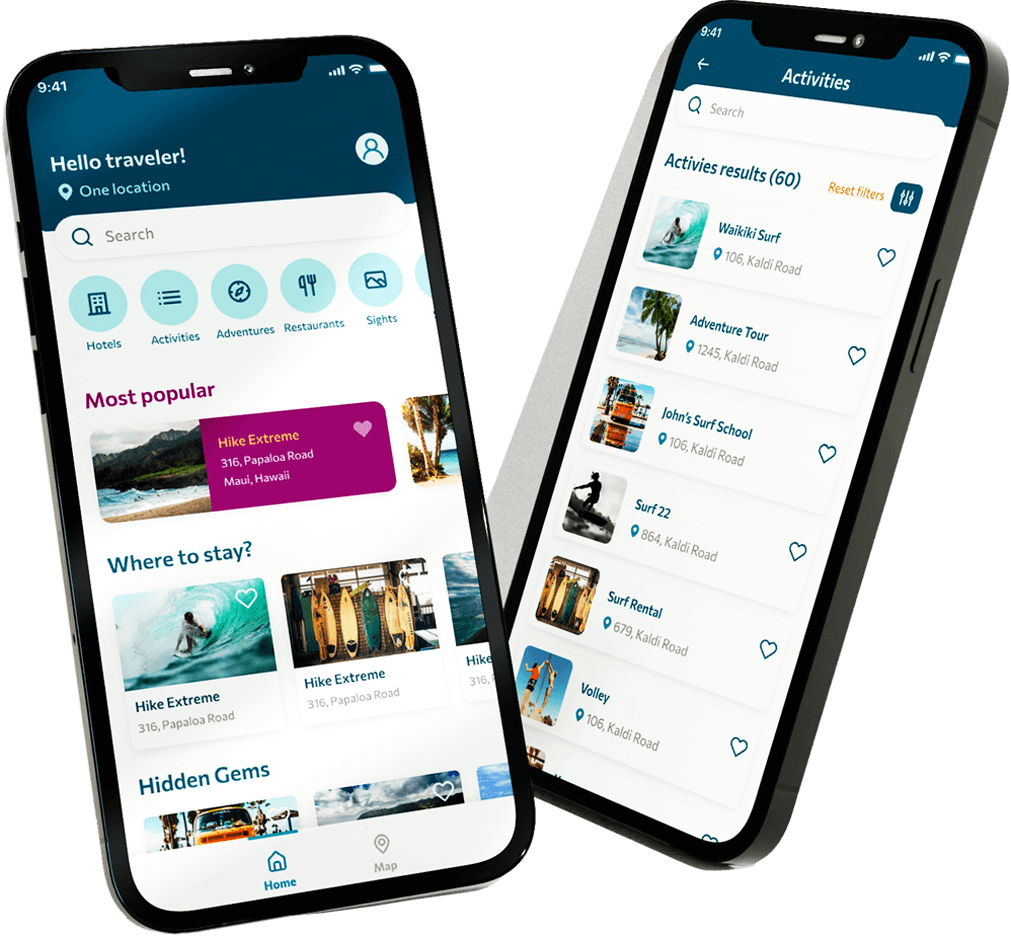
Surfing
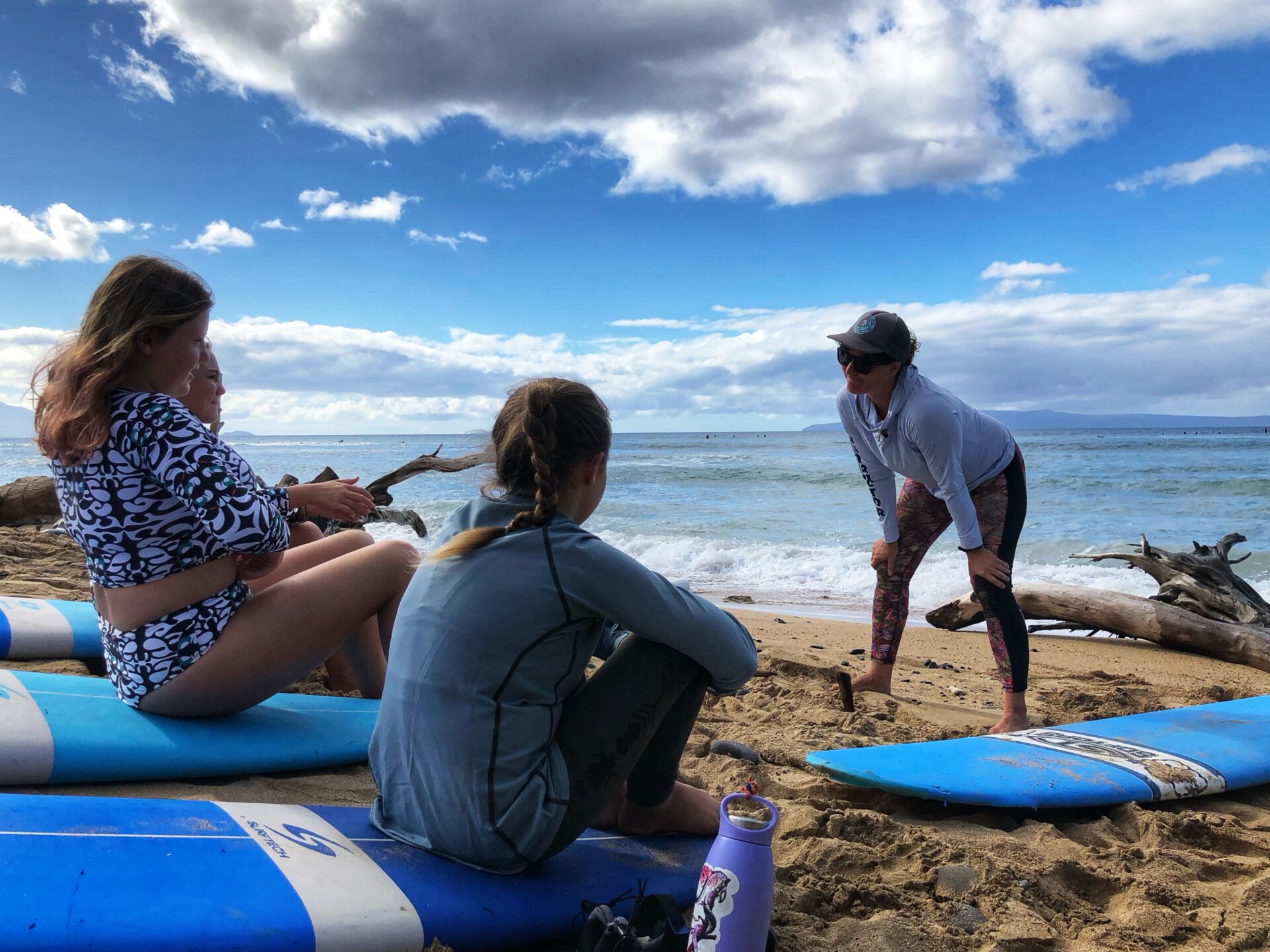

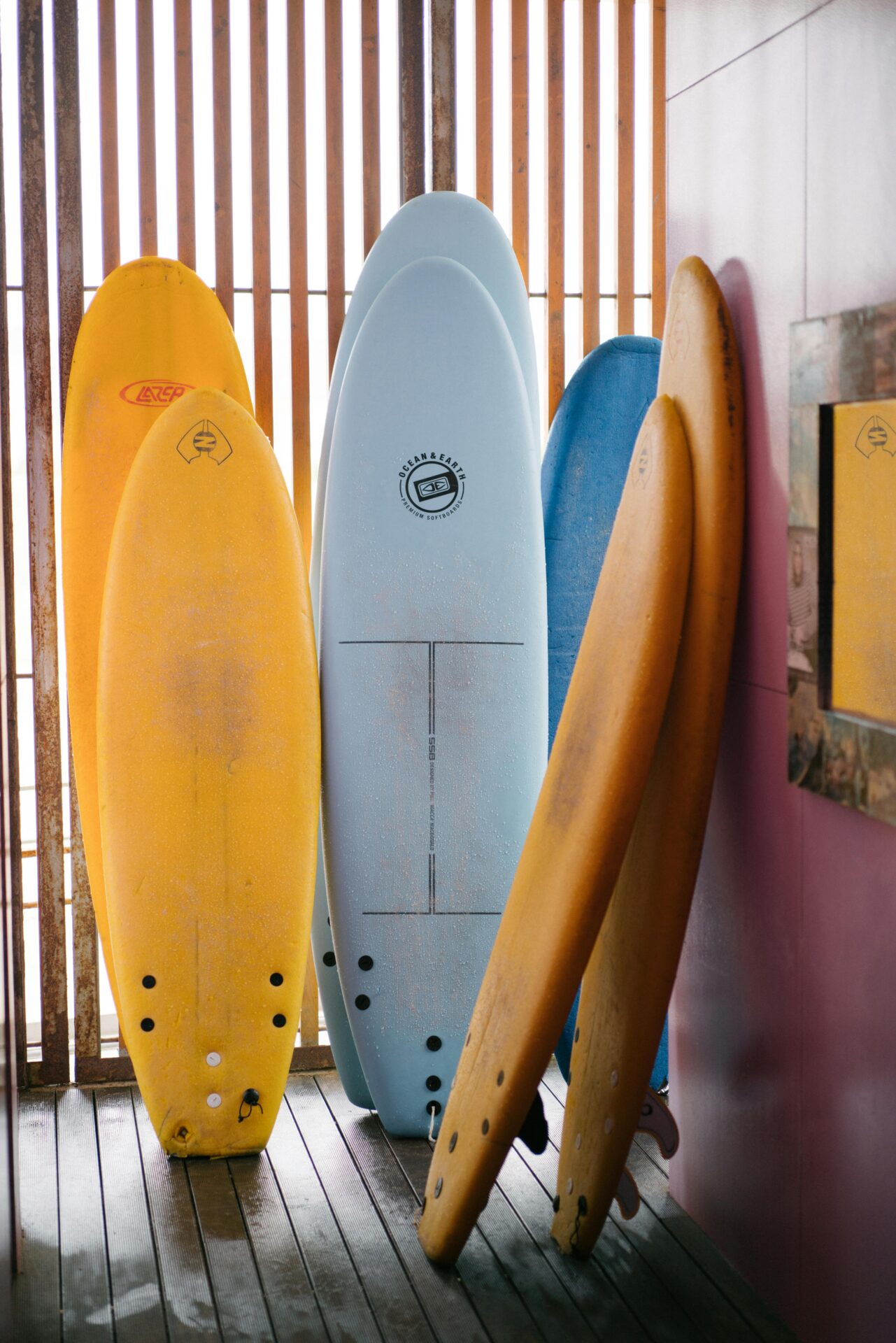
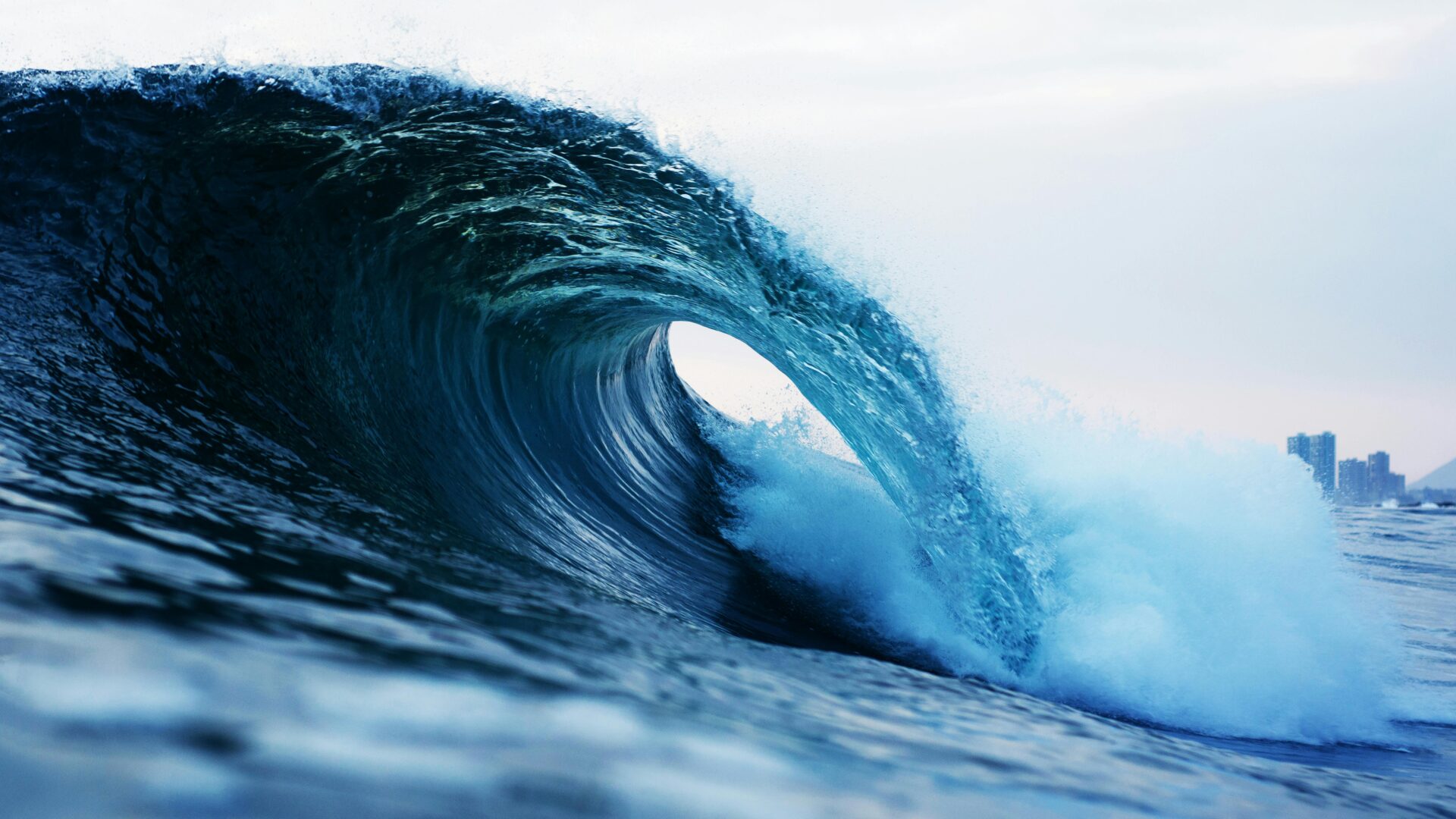


0 Comments